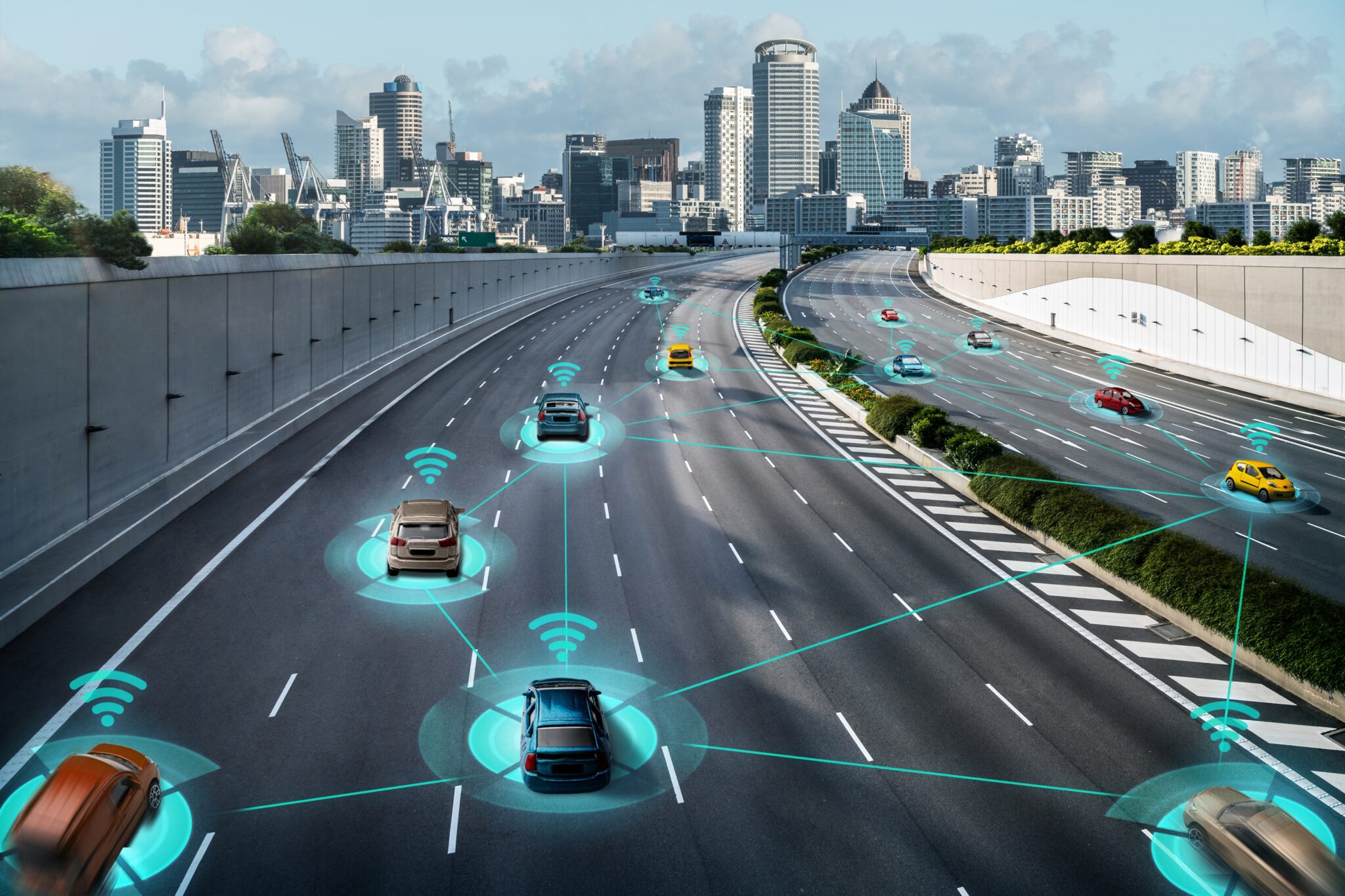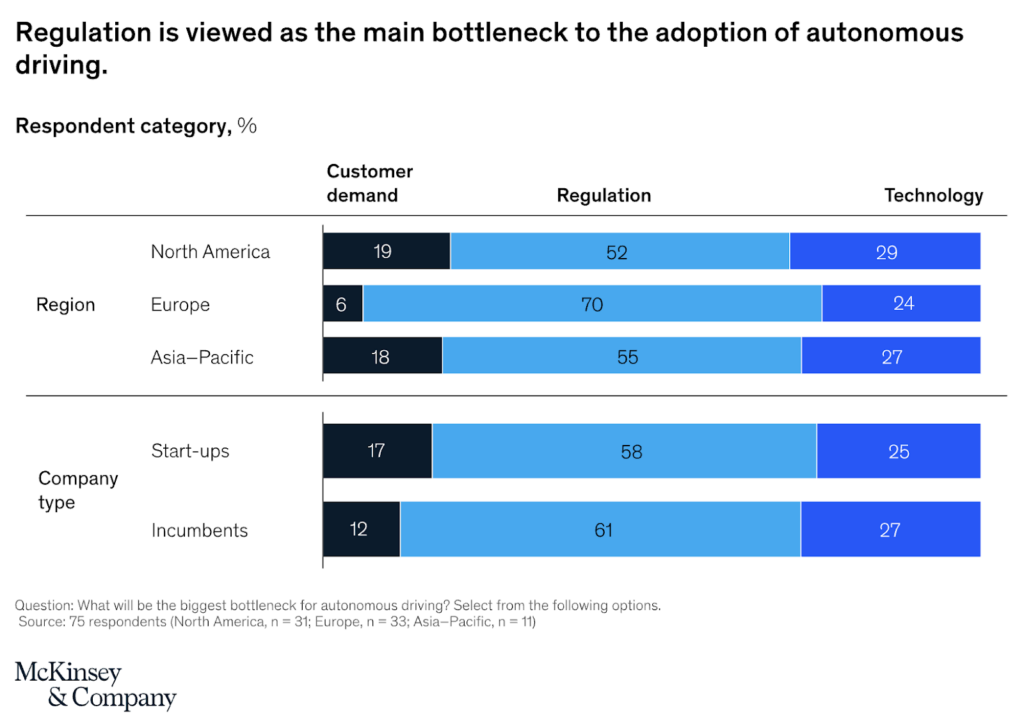
What is autonomous driving?
Autonomous driving refers to the driving of autonomous vehicles.
Autonomous vehicles, also known as driverless or self-driving cars, can operate and perform without the aid of a human. This is possible because sensory technology allows the car to detect and respond to external conditions.
What are the 6 levels of autonomous driving?
Experts classify self-driving cars into six levels of categories, each corresponding to the degree of autonomy the car has:
Level 0
This level describes a standard, human-operated vehicle.
Level 1
The vehicle is equipped with ADAS (advanced driver assistance system), which allows the car to aid the driver with either steering or accelerating and braking.
Level 2
ADAS can assist with steering, accelerating, and braking in some cases. However, the driver must pay complete attention to their surroundings and perform other tasks (such as signaling, turning, etc.).
Level 3
The ADS (advanced driving system) can perform all driving tasks in certain conditions, but drivers must be able to regain control when prompted by the ADS.
Level 4
The vehicle’s ADS can perform all driving tasks independently in certain conditions where human attention is not required.
Level 5
The vehicle’s ADS can perform all tasks under all circumstances. The driver is not required to assist since 5G technology will allow for full automation. Vehicles will be able to communicate with each other and with traffic lights, signage, and roads.

What are the benefits of autonomous driving projects?
Many of the benefits of today’s autonomous driving projects will not be felt until 5G enables these vehicles to communicate with each other and with external systems. However, a driverless future is not far out of reach – at least not as far as say, flying cars.
Experts anticipate that driverless cars will:
-
- Reduce traffic
-
- Lower fuel consumption and emissions (perhaps not as effectively as electric vehicles, but by suggesting/taking more fuel-efficient routes)
-
- Improve parking efficiency
-
- Increase safety (self-driving can react much faster than humans, with a response time of 0.1 seconds as opposed to 1.4 seconds)
- Increase safety (self-driving can react much faster than humans, with a response time of 0.1 seconds as opposed to 1.4 seconds)
Of course, another more qualitative benefit is that people could spend the time they would have been driving on other pursuits such as telework, reading, gaming, or however they choose to pass the time.
Is autonomous driving legal?
The greatest challenge this industry faces is ensuring that these vehicles can operate safely and effectively in complex and unpredictable human environments. This will be the focus of driverless technology experts for the next few years.
Another obstacle holding driverless technology back is government regulations. Several European countries have launched independent efforts to create regulations rather than coordinating with one another, with Germany issuing particularly robust guidelines.
Most countries and cities, however, lack comprehensive regulations for driverless vehicles. For example, in China regulations differ widely at the municipal level.

Will we see more driverless cars on the road?
As of 2021, the first L3 autonomous vehicles have received regulatory approval. According to McKinsey’s research, experts anticipate that L4 highway pilots – which will demonstrate greater autonomy and travel at faster speeds – will be available for private use by 2024 or 2025.
Robotaxi services are appearing in select markets, but the path to scale remains unclear. The earliest at-scale applications will likely appear in large cities with a high trip volume and good weather. Survey respondents anticipate these rollouts no earlier than 2026, with China and the United States leading the charge.
Simultaneously, multiple truck manufacturers (OEMs) and autonomous-system providers are conducting pilots with fully autonomous trucks in North America. These driverless trucks travel from one hub that is directly connected to the highway to another. Still, these pilots require a safety driver to be in the vehicle, and most tests are being conducted in the Sun Belt (or states below 36 degrees 30 minutes north latitude) because these states have favorable weather and ideal regulatory conditions. Survey respondents expect these services to be commercially available in 2026 or later.
It is safe to say that trucking is likely going to be one of the earliest use cases for autonomy in the commercial segment.

